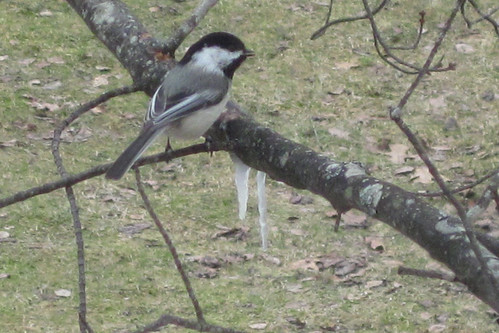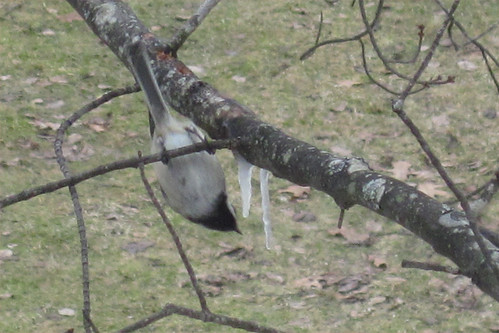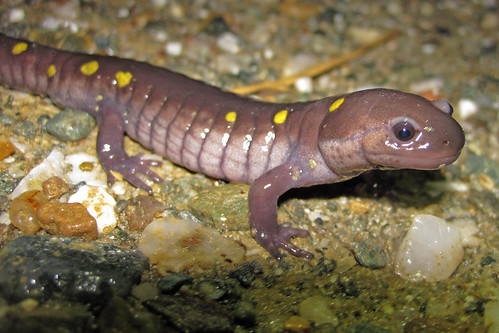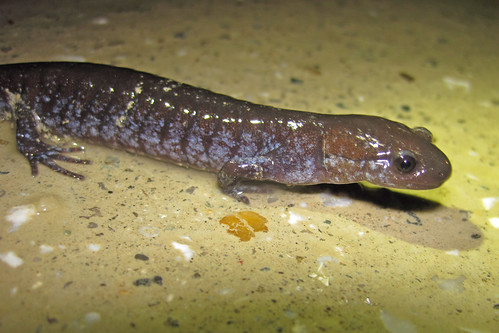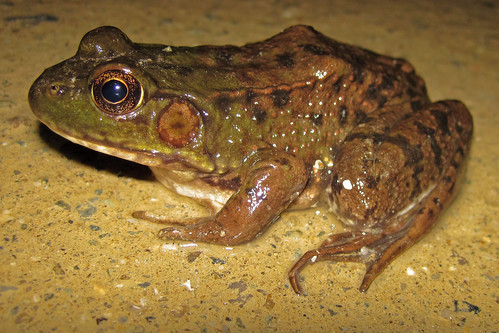Bloodroot can be found all along the river at NBNC and large patches are now flowering. Bloodroot is one of the many early-spring wildflowers whose flowers emerge before their leaves. Most bloodroot at NBNC still have their odd-shaped leaves wrapped around their stems.
Across the bridge, February Daphne is in flower. This small, non-native shrub has branches covered in fragrant pink blossoms. In my opinion, it is the best smell my nose has ever experienced! Smell quick, because these flowers don't last long!
And tucked in an out-of-the-way spot along the river, the very first Dutchman's Breeches of the year is starting to open. In the next few weeks, many more of these unique and beautiful wildflowers will be blooming.
Coming Attractions
The "green parts" of many wildflowers are starting to emerge around NBNC, but depending on warmth and moisture, their "colorful parts" may be a week or more away. Here are Trout Lily and Red Trillium, growing rapidly along the river.















